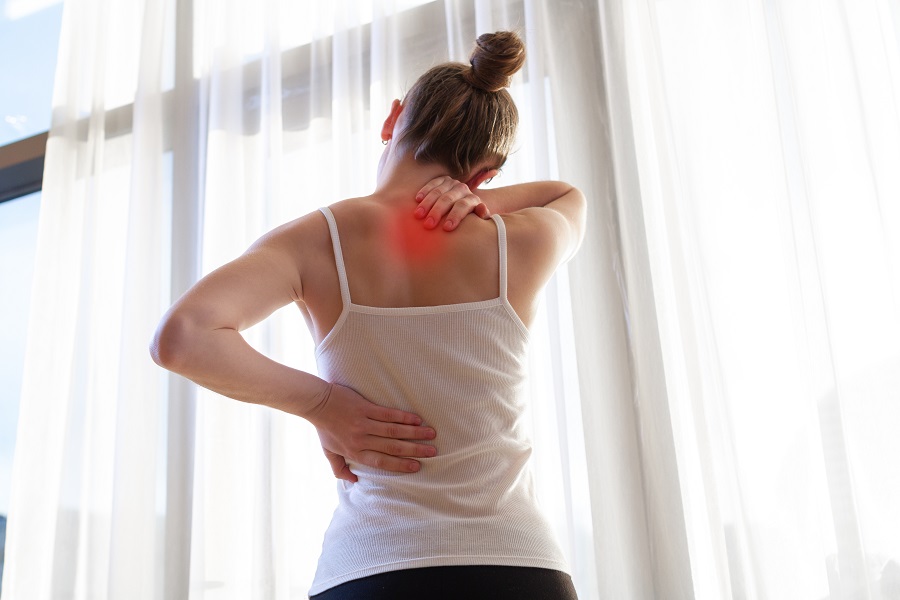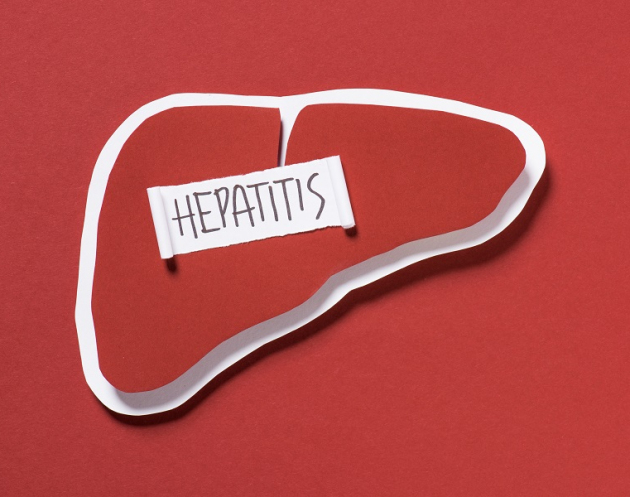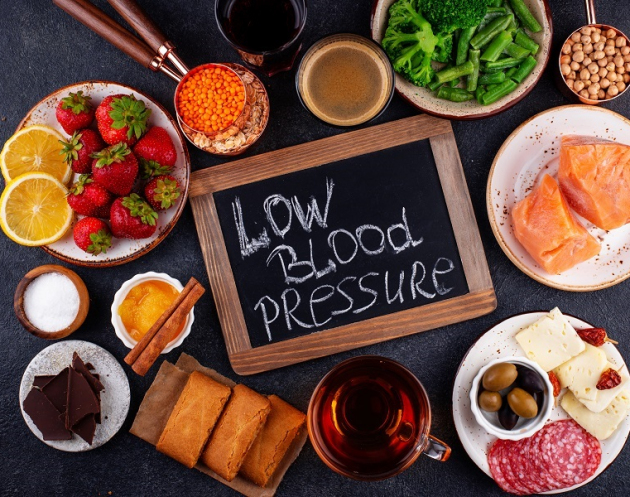Inflamed neck pain or cervical pain is a pathology that really many people suffer from: it is a malaise that is sometimes really heavy to bear due to the symptoms related to it such as less ability to move, pain in the head, dizziness, nausea.
What is neck pain
It is called cervicalgia and is one of the most common disorders in the Western world that affects the inflammation of the upper vertebrae of the spine, the area called the cervical region .
The cervical region is made up of seven vertebrae, which form the supporting axis of the neck and head. The pain and inflammation affecting this area are mainly of traumatic origin and may affect the cervical vertebrae, joints or the muscles that support them.
The data says it affects women and the over 40 age group the most. Neck pain causes poor neck and shoulder mobility and stiffness, sometimes nausea and dizziness and headache, sometimes so bad that you just want to stay in bed in the dark.
Usually the malaise resolves itself within a few days: however, there are remedies that can hasten recovery and there are tips that can help prevent the problem.
Inflamed cervical: the causes
Inflammation of the cervical area can be caused by many factors such as stress , anxiety, little exercise, poor posture, but also by trauma deriving from accidents or injuries deriving from sports activity.
Once the causes of neck pain have been evaluated, it will also be easier to find a solution or prevent it.
The important thing is to identify the triggering causes of the pain in order to be able to remedy it.
In fact, if it is treated in a preventive manner, neck pain may never return. On the contrary, if we do not look for solutions, neck pain can last for a long time and become chronic.
We therefore advise you to do a job of controlling the triggering causes in order to work on this painful inflammation.
The attending physician will be able to give all the advice and direct you towards the resolution of the problem.
- In case of stress or incorrect postures you will need the osteopath’s hands, solutions aimed at improving posture, natural treatments for muscle relaxation, massages.
- In the presence of congenital malformations of the spine, or degenerative diseases such as cervical osteoarthritis, it will be important to consult a specialist.
Neck pain: Physical causes
The neck becomes inflamed due to trauma such as injuries while playing sports, or the classic whiplash caused by a road accident.
Not only can it become inflamed also due to incorrect posture maintained for too long or poor motor activity that defines a loss of muscle tone.
There are also reasons related to the alteration in the curvature of the spine such as scoliosis, dorsal kyphosis or lumbar lordosis.
The causes of neck pain can also be found in other diseases related to bone degeneration, such as rheumatoid arthritis , osteoarthritis, or herniated disc.
Finally, an orthodontic problem such as bad dental occlusion or dental arches that do not close properly with the mouth closed and cause tension and discomfort in the jaw can also cause cervical pain.
Psychological causes
Among the most common risk factors there is stress, which causes muscle tension and, as happens in the case of incorrect postures, makes the region more sensitive to trauma and inflammatory reactions.
Therefore, often in periods of intense emotional fatigue, psychological stress and anxiety, there is a tendency to store all the tensions in the cervix and shoulders that become blocked causing inflammation of the area.
Neck pain: the first symptoms
The first symptoms that lead us to think we have an inflamed neck are these:
- stiffness, limited or painful neck movements
- feeling of heaviness in the head
- lack of clarity, headache not well defined
- dizziness and dizziness
- vision disturbances
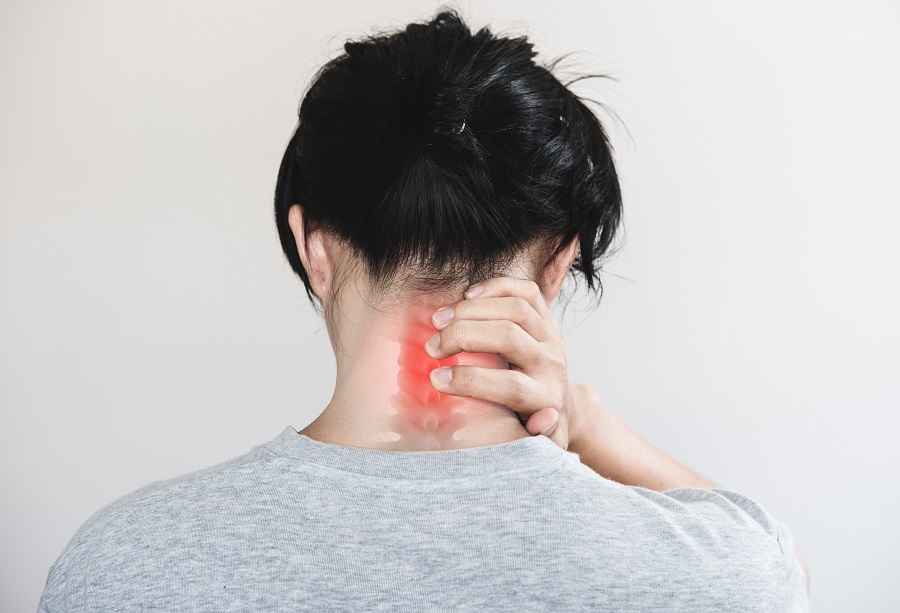
How it manifests itself
The pain perceived by those suffering from neck pain can be localized in different points between the nape, cervix and shoulders and this will help the doctor to understand its origin and help find a remedy.
The pains are sometimes very intense and for a few days can make you inactive and bedridden.
Usually after a couple of days the symptoms subside spontaneously, in some cases they need drug treatment.
If it persists, the causes may be of a physical nature and it is necessary to consult an orthopedic doctor or a physiatrist who will localize the pain through the appropriate diagnostic tests such as radiography, CT scan, magnetic resonance imaging or electromyography.
Three categories of neck pain
There are various stages of cervical inflammation:
- Neck pain: pain affects the neck and is accompanied by muscle stiffness and limited mobility in the affected area. Symptoms are similar to stiff neck. In a few days of rest and with natural treatments, the problem is solved.
- Cervico-brachial syndrome: pains tend to spread to the shoulders, arms and even to the hands. In some cases there are tingling and particular sensitivity in the limbs. This may suggest that there is abnormal compression of the cervical nerves. Better to ask the doctor’s opinion.
- Cephalic syndrome causes severe tension-type headache or migraine, dizziness, visual or hearing disturbances, nausea and vomiting. In this case, a pharmaceutical treatment or in any case a total rest can be helpful.
How to prevent neck pain
In most cases, it is possible to prevent neck pain: prevention begins as always with a healthy and rigorous lifestyle:
- proper nutrition
- constant physical exercise in line with age, helps to keep muscles and joints in shape and always toned
- living a peaceful daily life by reducing excessive stress and factors that trigger anxiety and tension can be a help.
All these tips go beyond some important physical causes that can be traumas caused by accidents, existing pathologies or in any case the advancing age that exposes more easily to neck pain as well as to other ailments such as back pain.
Let’s see how it is possible to prevent and not cure neck pain.
Practical advice
There are some practical tips that you can perform to remove the risk of neck pain.
For example we recommend
- use an orthopedic pillow for sleeping
- try to maintain a correct posture starting from the hours of work spent in front of the computer . In fact, the position of the PC screen must be adjusted well in order to prevent the head from moving down or up.
- performing exercises regularly to relieve neck pain, practicing gymnastics every day and slowly, avoiding fast movements and sudden jerks can help tone the muscles in the affected area
Physiotherapy can also help correct any postural problems.
Food supplements
The healthy and balanced diet is also in this case the main cure for a healthy body. Eating a diet rich in water, fruit and vegetables and low in fat can still help keep your body fit and healthy.
You can then take targeted supplements such as
- supreme magnesium , which is an excellent muscle aid;
- zinc : useful remedy for stress (to be taken in tablet form).
Exercise
Do constant exercise for the neck: 5 minutes a day are enough to stimulate the muscles and give new tone.
- keeping the chin up, turn the head to the right and left as if to say no, slowly remaining seated and with the back straight.
- Bend your head back and forth always very slowly as if to say yes, always keeping your back straight.
- the right hand resting on the left ear put weight on the head for 30 seconds and repeat on the other side.
Therefore , 5 minutes of exercise every morning are enough: if instead there are spondylosis, hernial protrusions or serious pathologies of the cervical tract, it is good to avoid these exercises unless under the control of an expert.
Also Read: Foods rich in iron

Inflamed cervical: what to do?
If the cervical is inflamed what to do first? First of all, rest is recommended, avoiding movements that can aggravate the pain.
- In the cause of neck pain caused by trauma it is recommended to wear a soft collar to protect the cervical spine
- To reduce trauma-dependent cervical pain, it is recommended to perform cold compresses at the cervical level: it is called cryotherapy and is recommended for the analgesic effect on the area affected by the pain. After 2-3 days the cold packs should be replaced with hot showers and hot water packs on the neck.
- In case of pain caused by stiffening of the muscles we recommend the use of a hazelnut pillow to be kept on the back of the neck. The pad is heated in the oven and then rests on the cervical area. It is kept as long as it stays warm: the hazelnut seeds have the ability to release heat and absorb humidity and cold.
We do not recommend:
- staying in one position for too long
- sleep in a prone position, with the head tilted to one side
- make sudden movements
- too long rest does not help cervical pain. In fact, an excess of rest favors the stiffness of the joints and muscles: it is better to take a restful position for 30 minutes and then perform a walk or a light physiotherapy exercise, specific for neck pain
- lifting heavy loads when experiencing neck pain or engaging in power sports that may aggravate neck pain
Neck pain: When to call the doctor
Contact your doctor immediately
- if in case of neck pain it is associated with continuous tingling of the arms, inability to touch the chest with the chin, loss of strength in the lower limbs and hands, or persistent and relentless pain
- it comes from surgery
- there is idiopathic high fever associated with neck pain: these symptoms can hide other things such as a meningococcal infection.

Cervical: natural remedies for pain
There are some natural remedies for the neck that are effective in relieving symptoms and also to prevent muscle stiffening: they are in fact natural herbal teas able to relax the muscles and release the tensions that cause pain.
In particular we recommend herbal teas to:
- chamomile , which boasts mild anxiolytic and sedative properties
- valerian : for the anticonvulsive, hypnotic and sedative properties of the central nervous system
- lemon balm , for its sedative antispasmodic properties
- escolzia , which boasts analgesic, relaxing, sedative, antineuralgic and spasmolytic properties
- lime as relaxing, anxiolytic properties
Natural creams
There is a range of creams and ointments that can be spread on the area affected by pain that use completely natural active ingredients:
- chilli cream for antibacterial and analgesic properties
- with camphor for its rubefacient properties
- arnica that boasts anti-inflammatory and antirheumatic properties.
Neck pain: Massages
A panacea to solve problems of inflamed cervical can be massages or manipulations performed by expert masseurs: in particular massages can prevent the formation of the painful state, while they are not recommended if the inflammation originates from arthritis or hernias. In these cases, in fact, massages can be contraindicated.
It is advisable to perform professional treatments aimed at solving the problem such as
- massage therapy with specific massages to relieve pain
- acupuncture that relieves inflammation and neck pain
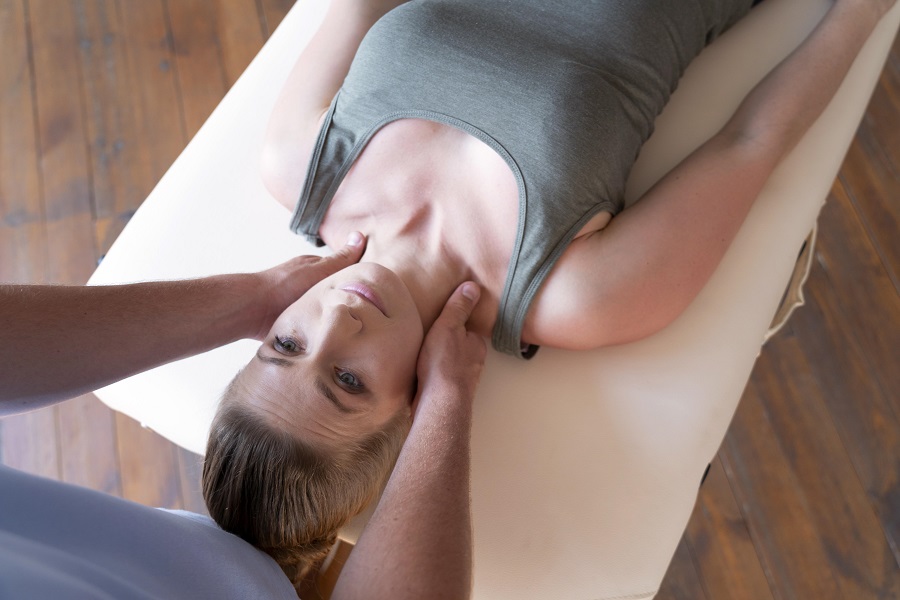
Massage with essential oils
Essential oils can be used to perform relaxing massages of the cervical area. For a decontracting massage you can use a warming neutral oil, or an arnica oil with anti-inflammatory power.
DIY oil blend
Ingrediants:
- 30 ml of argan or almond oil
- 5 drops of basil essential oil
- 2 drops of lavender essential oil
- 10 drops of rosemary essential oil
Preparation : mix the ingredients.
How to use : spread the oil on the neck and shoulders until completely absorbed. You can spread a slightly warmed linen or cotton band on the area and keep it for a few minutes, until it remains warm, thus allowing the oils to absorb slowly.
Cervical and Chinese Medicine
Traditional Chinese medicine recognizes neck pain as one of the syndromes defined as Bi which means obstruction. In fact, it indicates symptoms caused by stagnation of energy at a local level with consequent heaviness and pain in the area.
According to traditional Chinese medicine it is due to the penetration of the three energies at the same time
- cold,
- wind,
- humidity.
Inflamed cervical: drug therapy
To relieve the pain of cervical inflammation there is a wide range of non-steroidal anti-inflammatory drugs (NSAIDs) that have the ability to soothe inflammation and reduce pain.
Some drugs belonging to the cortisone class are also used for this purpose, under medical prescription.
Cervical drugs can be taken both orally and in the form of ointments or gels for a localized action.
Treatment is usually recommended for a few days to a week. If the pain does not go away, the origin must be identified with a series of specialist visits and targeted examinations.


